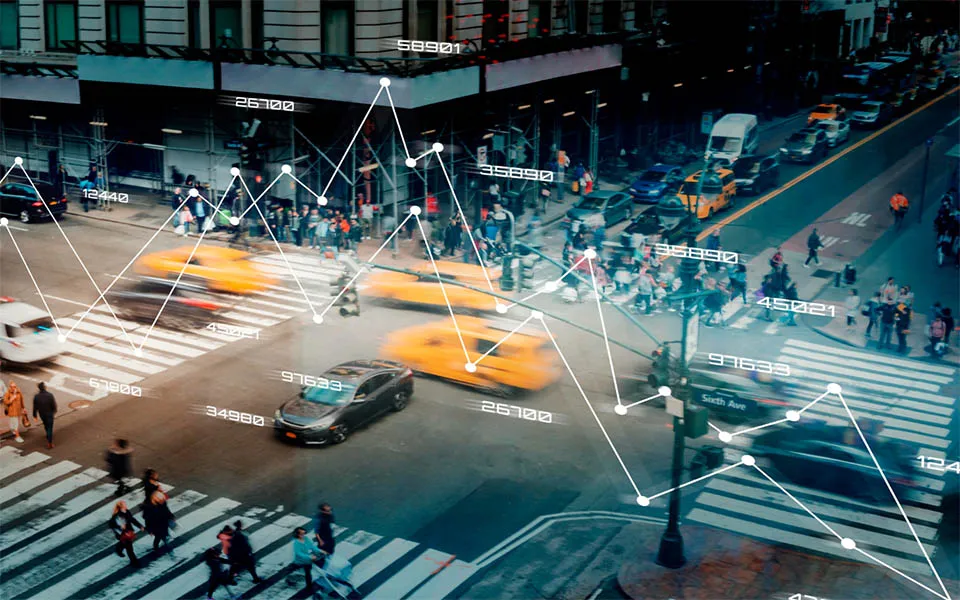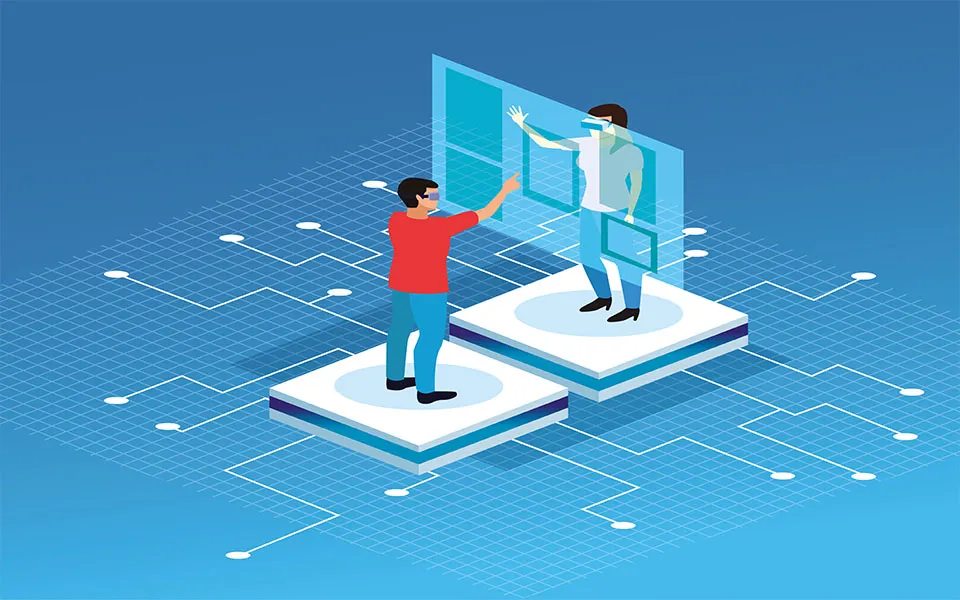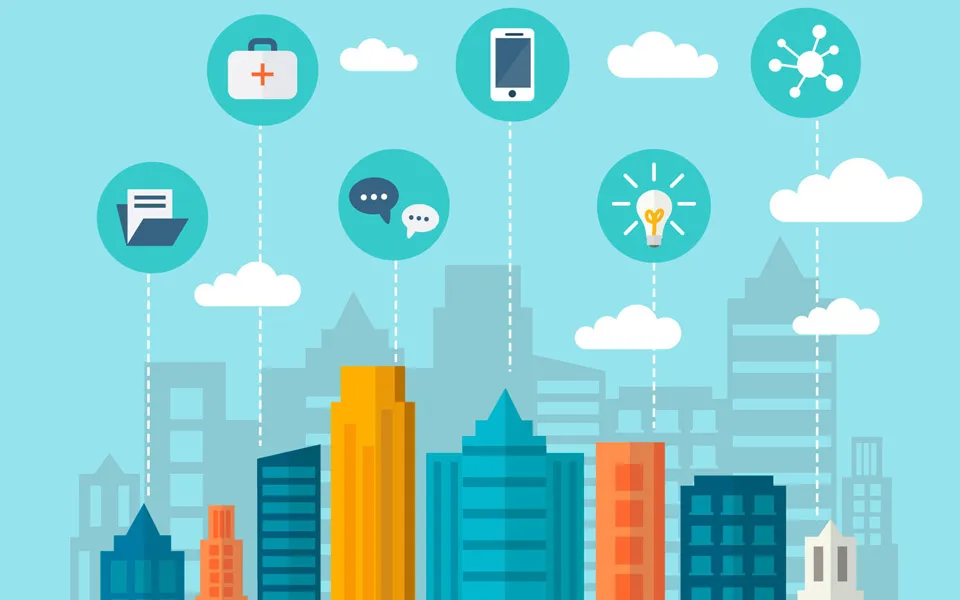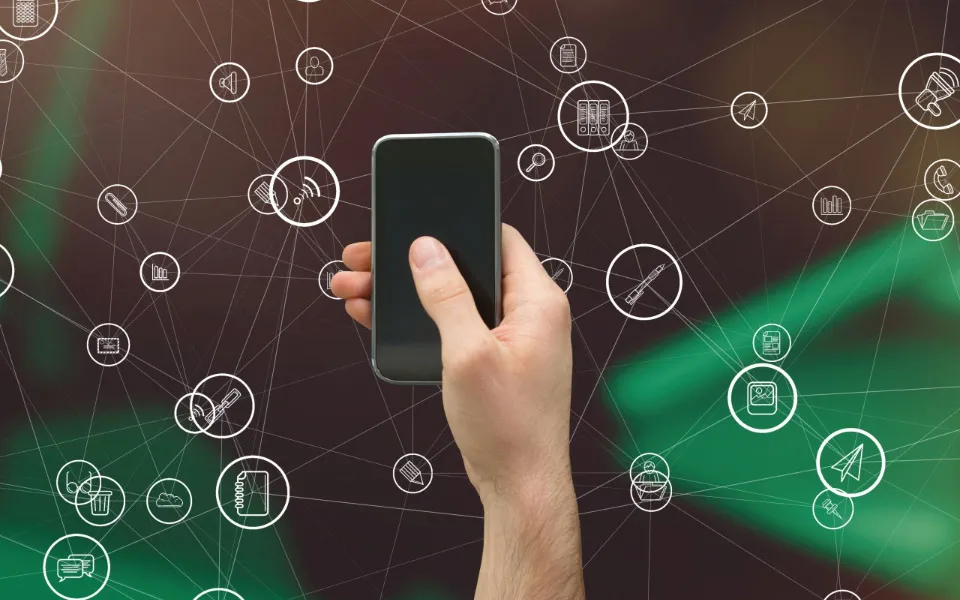The Role of CBRS in Enhancing Learning Environments
Technology is reshaping the landscape of education, making learning more engaging and accessible than ever before. The traditional approach to teaching transcends the boundaries of textbooks and timeworn methods. This is being replaced by interactive learning platforms and virtual classrooms. Technology has revolutionized the way we learn and teach. Citizens Broadband Radio Service (CBRS) is a powerful tool designed to enhance learning environments and empower educators and students alike.
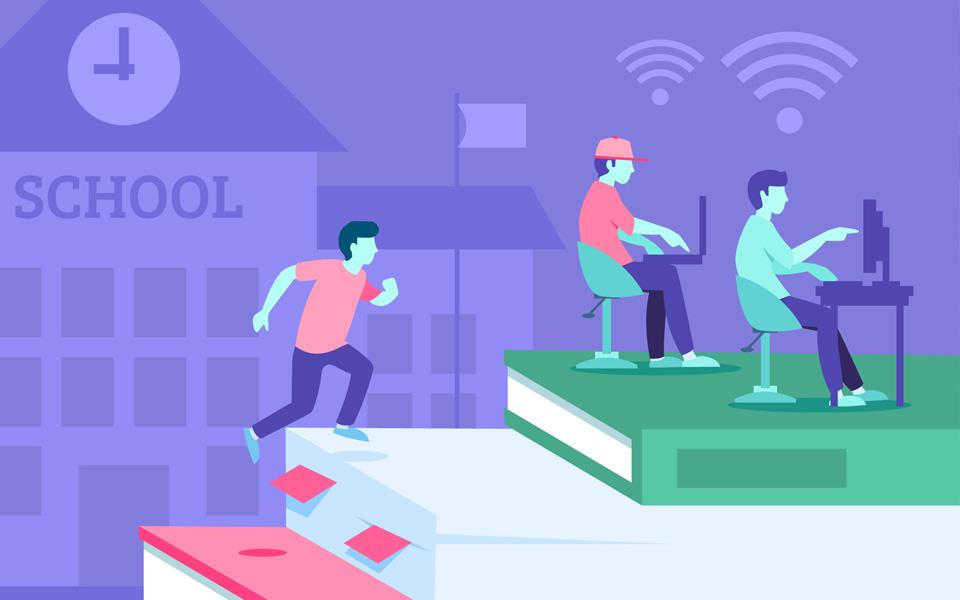
The Emergence of CBRS in Education
CBRS, also known as the Citizens Broadband Radio Service, is a wireless communication technology that operates in the 3.5 GHz band. What was once reserved for private LTE networks and industrial applications is now facilitating the education sector. Due to its unique combination of features such as high capacity, low latency, and cost-effectiveness, the CBRS technology is unlocking new opportunities for learners.
The Impact of CBRS on Teaching and Learning
The integration of CBRS technology into education has had a transformative impact on teaching and learning, empowering educators and students in various ways:
Personalized Learning: Technology has enabled teachers to tailor their lessons according to student’s needs. Through customized learning paths students are engaged excitingly.
Access to Resources: Digital libraries have the potential to offer widespread access to knowledge. E-learners and traditional learners have access to a wealth of educational materials i.e. textbooks, articles, videos, and interactive simulations regardless of their location or time zones. This allows learners to complete online courses while working on the job.
Engagement and Motivation: Gone are the days of monotonous lessons. As of now, educational content is delivered through the use of multimedia content, videos, and animations. This makes learning more interactive and engaging.
Collaboration and Communication: Technology has provided tools and platforms where students can collaborate with teachers in real time. This collaborative learning environment is an excellent way to share and discuss ideas.
What challenges are being faced?
Poor internet connectivity is one of the major challenges faced by the education sector. Students belonging to rural areas lack access to reliable internet connections. Frequent interruptions in internet connection can hinder the learning process. CBRS technology can help bridge this gap by providing high-speed wireless internet access to schools and communities, enabling students to access online resources, collaborate with peers, and engage in remote learning activities.
Enhancing Classroom Collaboration
CBRS has changed the learning dynamics within the classroom. Technology has equipped teachers with a plethora of digital devices such as interactive whiteboards, tablets, or laptops which helps to create a dynamic learning environment. Students can take advantage of distance learning, collaborate on projects, and access educational content personalized to their individual needs.
Transformative Power of Immersive Learning
With the advent of augmented reality (AR) and virtual reality (VR) technologies, students have transitioned from passive learning to active exploration. VR transcends the limitations of traditional textbooks and lectures. CBRS provides high-speed, low-latency connectivity, and access to complex software for students to explore virtual environments, conduct virtual experiments, and interact with digital simulations. This exploration of VR/AR in education empowers students to become active participants in their learning journeys.
Overcoming Implementation Challenges
The implementation of CBRS requires planning and coordination between technology partners and service providers. Some of the obstacles faced by schools and colleges are regulatory requirements, spectrum licensing, and technical considerations. By leveraging CBRS LTE networks, educational institutions can equip their physical campus spaces with fast, secure, and reliable wireless connections. Students and teachers can utilize augmented and virtual reality, better video streaming, and smart boards and podiums to make learning more engaging and productive.
Looking Ahead: The Future of Education with CBRS
As we embark on a more digitally connected world, technology will play a central role in all aspects of education. CBRS technology promises to revolutionize the way we teach and learn. By embracing CBRS technology and leveraging its capabilities to their fullest extent, teachers and students will have access to a vast array of resources and digital tools such as tablets, laptops, and smartphones. These powerful tools will enhance learning environments and empower educators and students alike.
By bridging the connectivity divide, fostering a collaborative learning environment, and facilitating immersive educational content, CBRS-ready devices promise to revolutionize the education sector and shape the future of learning for generations to come.

